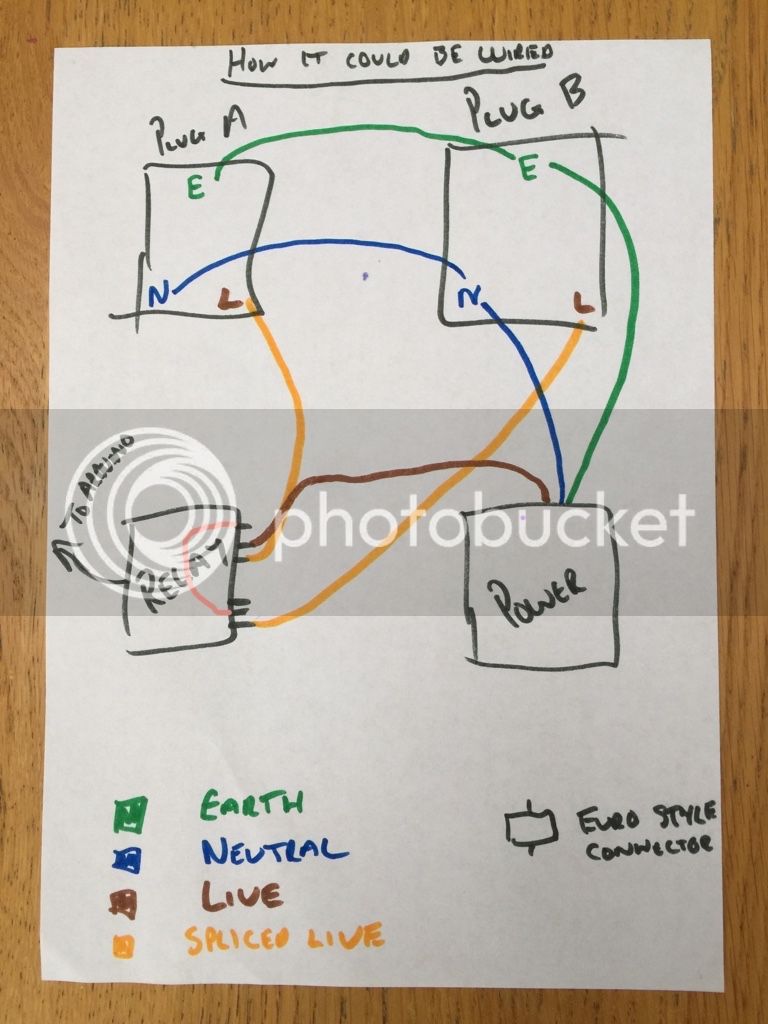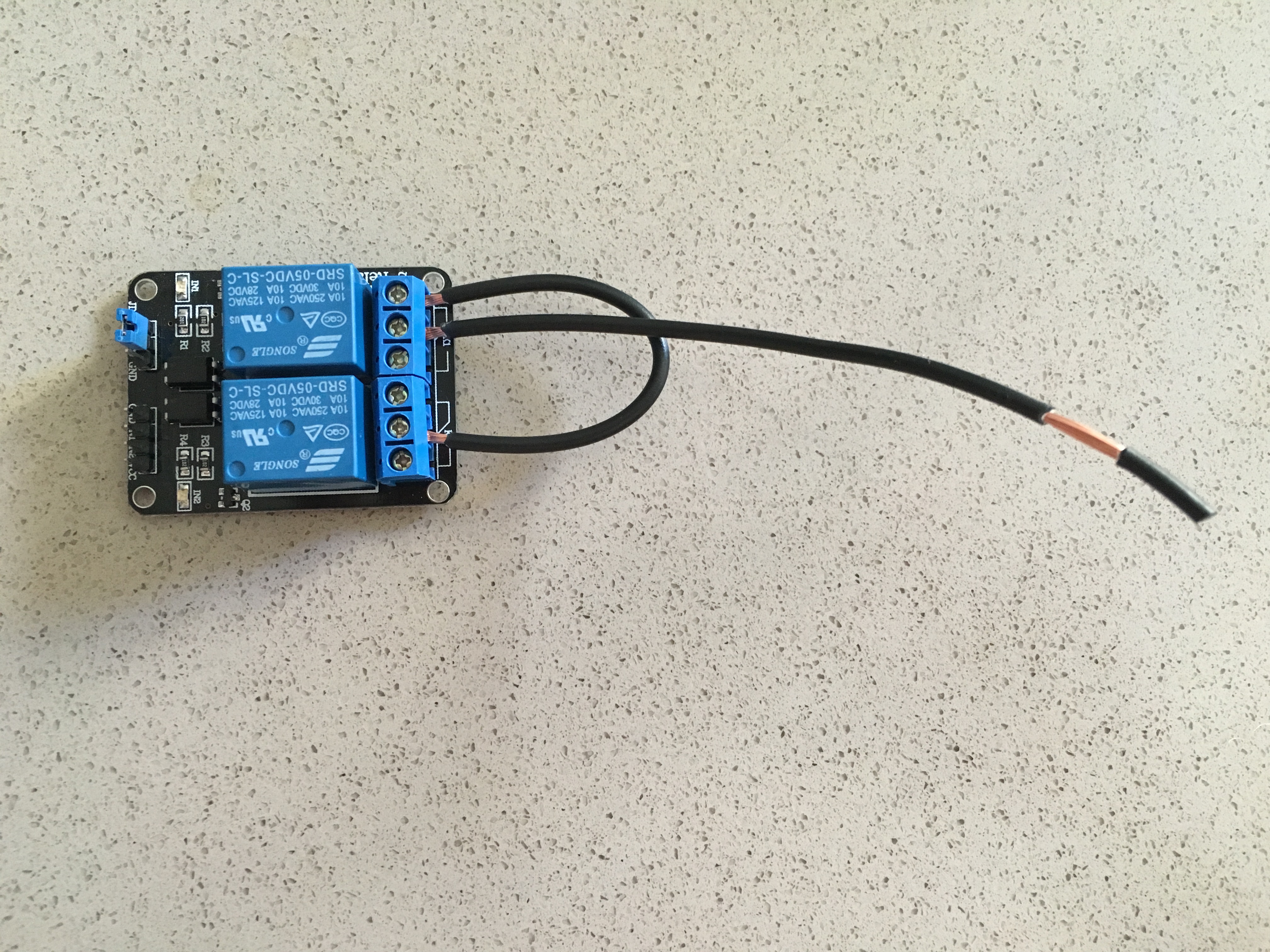Or you could repurpose the ballast as a space heater! lol
Btw: when the app says it couldn't post your comment its lying just hit discard and reload.
There is definitely an issue with the ballast causing noise on the probes. I turned the light back on for awhile today and started losing graph data.
I still get random errors about the sensors being disconnected but it isn't as bad as when the light is on.
Also, thanks for the tip about the app. It's annoying. It tells me it couldn't post, sometimes it does and sometimes it doesn't and the I end up with double posts.





































![Craft A Brew - Safale BE-256 Yeast - Fermentis - Belgian Ale Dry Yeast - For Belgian & Strong Ales - Ingredients for Home Brewing - Beer Making Supplies - [3 Pack]](https://m.media-amazon.com/images/I/51bcKEwQmWL._SL500_.jpg)





















